Introduction
 |
The COVID-19 pandemic has caught more than a few of us off-guard, and its impact is likely to roll on for months to come.
Advice in many countries is to stay at home and minimize your contact with other people. This isn’t an easy thing to do, and for a lot of people it’ll mean having to find additional ways to stay occupied.
Photography can provide plenty of ways of keeping yourself entertained and committing yourself to a project now might be a chance to emerge with new skills and new ambition when things start to get back to, well, whatever future normal looks like.
This is the first part of a series where we’ll put forward ideas for things to do. But we want your input, too. Throughout this article will be links to forum threads where we look to hear your suggestions.
Organize your images
 |
You keep promising yourself you’ll do this. Whether it’s going through and trying to tag things in a coherent way, honing your catalogue by deleting the images you know you’ll never use, or importing and arranging those memory cards and old hard drives of images that aren’t stored in a systematic manner, there’s always an organizational project that you’ve been putting off.
Are you ever going to get a better time than now? Even as someone working from home, I’ve gained all the time I’d usually spend commuting, so there’s no excuse for me to put off getting my images organized.
It might sound dull, but an organized set of images makes it easier to do the more fun suggestions we’re just about to get to…
Revisit your existing shots
 |
Coming at it with a fresh pair of eyes, is there something you could do differently with a favorite image?
I’ve found myself wondering whether some of the shots I’ve taken in the past might benefit from split toning, which isn’t a technique I’ve often used in the past. But it may simply be a case of starting again and seeing whether there’s a different crop or a different ‘look’ that might work better for images you’ve not looked at for a while.
Find new favorites
 |
The other option is to look for new favorites in your back-catalogue. What about those shots that didn’t make the cut, first time ’round? Are there some hidden gems that, re-appraised, turn out to be more interesting than you thought?
Curate a photo book
 |
Even if you don’t get it printed right away, now might be a great time to organize a set of images into book form.
It’s easy to think of shoeboxes full of prints and negatives as wasted or lost, but they have a certain permanence that a well-organized hard drive or database probably doesn’t. Photo books can be the best of both worlds: gaining the visibility and (comparative) permanence of prints but in a more accessible, curated format.
Use your photos to stay engaged with loved ones
 |
Find old photos of friends and family in your archive and share them on social media. This could be a nostalgic way to stay engaged with loved ones while you’re all isolated from one another.
Maybe consider putting together a selection of your favorite photos from the last year. Keep the selection tight: you don’t want to stray into ‘making everyone view your holiday slides’ territory, but think about a highlights reel. Maybe try to weave a narrative together or add some anecdotes, to try to capture the experiences you perhaps weren’t able to share at the time.
Look through photo books by some of the greats
 |
A great way to gain inspiration and to learn something is to take a close look at the work of established photographers.
Perhaps choose a single image: take your time thinking about what make it stand out to you. Analyzing great photos is, along with learning to select your own best work, one of the best ways to help you ‘see’ the best photo in a situation, next time you’re out shooting.
- William Eggleston – Chromes
- Sebastião Salgado – Migrations
- Elliott Erwitt – Personal Best
- Yousuf Karsh – Stern Portfolio
- Galen Rowell – Mountain Light
- Alex Webb – Istanbul: City of a Hundred Names
- Robert Frank – The Americans
- Dorothea Lang – Photographs of a lifetime
- Vivian Maier – Finding Vivian Maier
- Joel Meyerowitz – Where I find myself
- Ansel Adams – Yosemite
- Ansel Adams – Examples: The Making of 40 Photographs
- Magnum – Contact Sheets
- Annie Leibovitz – Portraits 2005-2016
- Nan Goldin – The Ballad of Sexual Dependency
If there are any you’ve found particularly inspirational, let us know in this forum thread.
Learn a new photography application
 |
Teach yourself to use a photo-related application you’ve been meaning to learn for a while. e.g. Have you been wanting to move from Lightroom to Capture One for a while? Now may be a good time to do it.
- Alien Skin Exposure
- Topaz Labs (including its AI-powered up-res and denoise apps)
- On1 Raw
- Capture One Pro
- DxO Photolab
- Affinity Photo
- FastStone Image Viewer
- Skylum Luminar
Again, if there are any pieces of software you’re particularly enjoying, let us know in this thread and we’ll build up the list.
Do an online photography course
 |
The internet is full of advice and courses to help you improve your photography.
It’s impossible for us to be exhaustive, so we’ve created a forum thread, if there’s an online course that you’ve found useful enough to want to share. We’ll update this list with popular suggestions.
- strobist.blogspot.com – is a great place to start learning about lighting
- Lynda.com has lots of photo courses (access to which may be available with your local library card, depending on where you live)
- Masterclass offers photography courses from Annie Leibovitz and Jimmy Chin
- Creative Live
- Udemy
- KelbyOne
Listen to photography podcasts
 |
Podcasts are another great way to learn, gain new perspectives, spark new ideas or simply keep yourself entertained.
Here are a few that we’ve enjoyed. Let us know in this forum thread if there are any you think deserve a mention.
- The Candid Frame (Ibarionex Perello)
- Photo Geek Weekly (Don Komarechka)
- This week in Photo
- Photo Active podcast (Jeff Carlson and friends)
- Classic Lenses Podcast
- Film Photography Podcast
- A Small Voice – Conversations with Photographers
Build / rework your photography site
 |
Whether you’re using it to attract clients or just maintaining a stream to show off your work, how about showing your website a little love?
Whether it’s a question of replacing an over-familiar lead image or making sure all the best of your most recent work is included, there’s always something you can do to make your site look better.
Or, if you’ve not created one, why not now?
Learn to shoot /edit video
 |
Chances are your camera can shoot pretty good video. Have you ever tried doing more than shooting a few clips?
Some of the skills of videography are directly transferable from photography, which means you don’t have to start from zero. But video there are also a lot of aspects of video that will be new and challenging (personally I’m finding the process of learning to shoot video to be one of the most creatively satisfying things I’ve done in many years).
So why not try setting yourself a little project? Think about what you need to shoot, how you need to shoot it and how you’re going to pull it all together.
There’s a free version of Blackmagic’s Davinci Resolve software that includes pro-level color grading and audio editing tools as well as non-linear editing capabilities. It’s not, perhaps, as immediately approachable as Apple’s Final Cut Pro X, but now’s a great time to familiarize yourself with the software.
Plan a photo trip for some time in the future
 |
It’s too early to start booking flights or making hotel reservations, but a day will come when we can look forward to heading somewhere more ambitious than out front doors.
Why not give yourself something to look forward to by planning-out your next big photo expedition?
Articles: Digital Photography Review (dpreview.com)








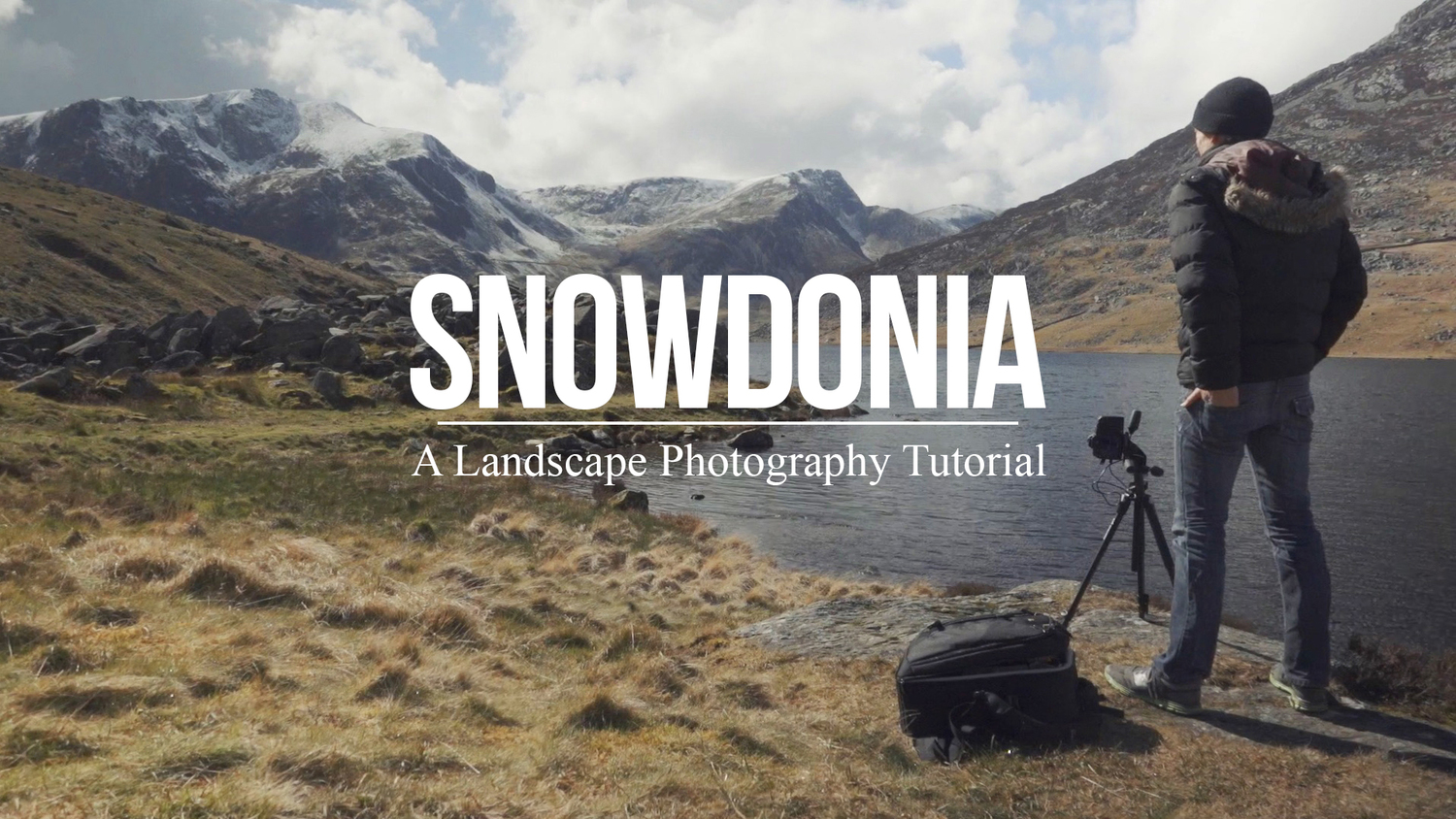


















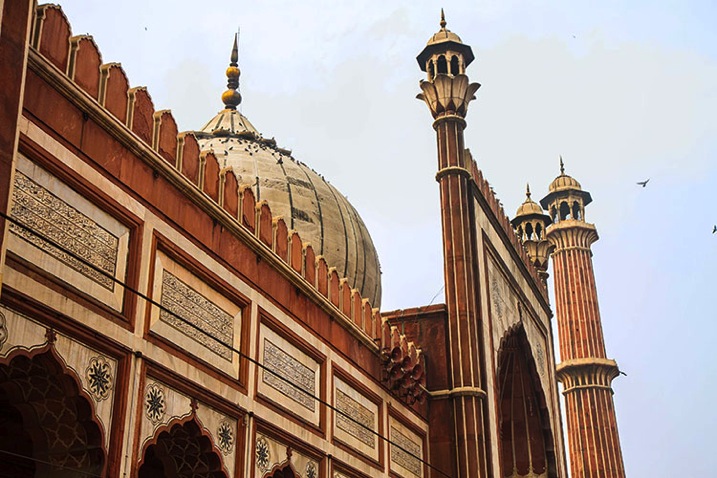
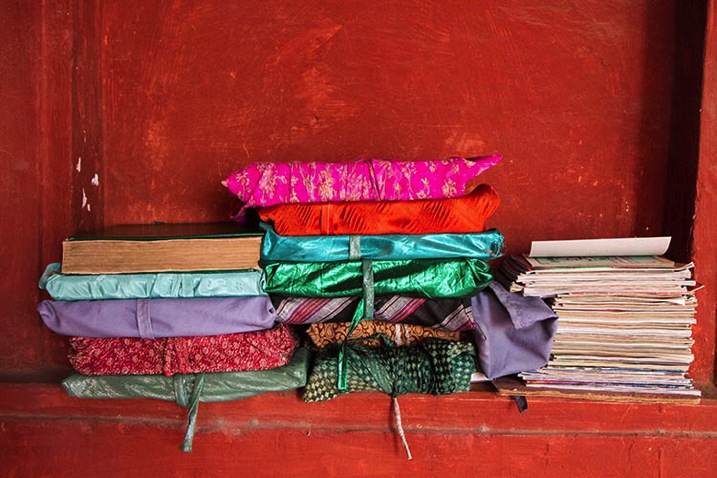
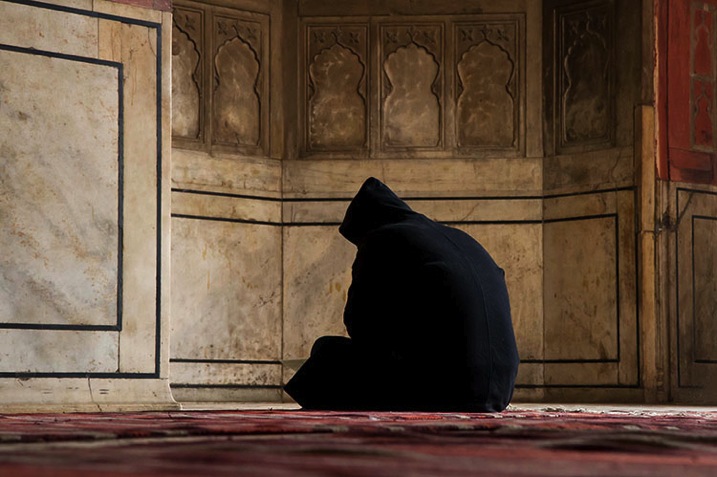
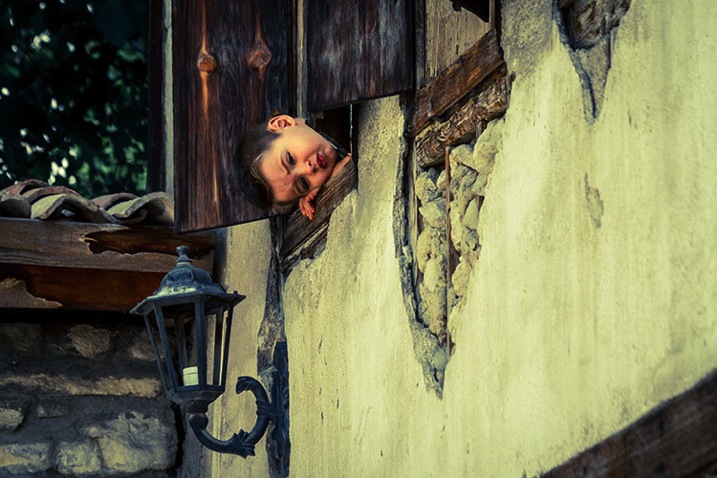
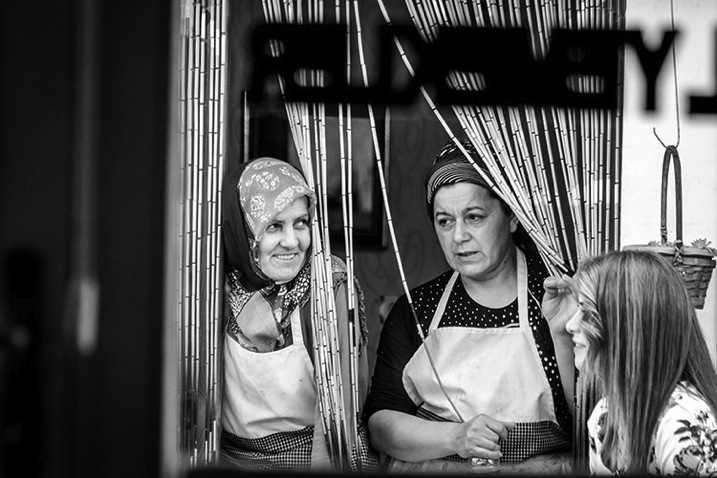
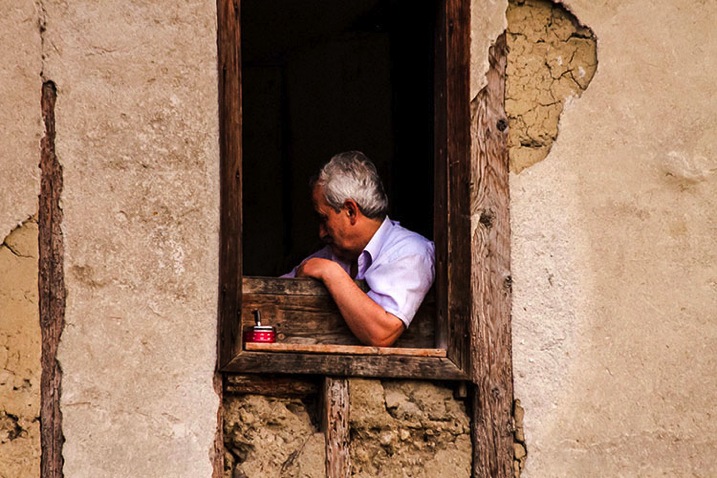
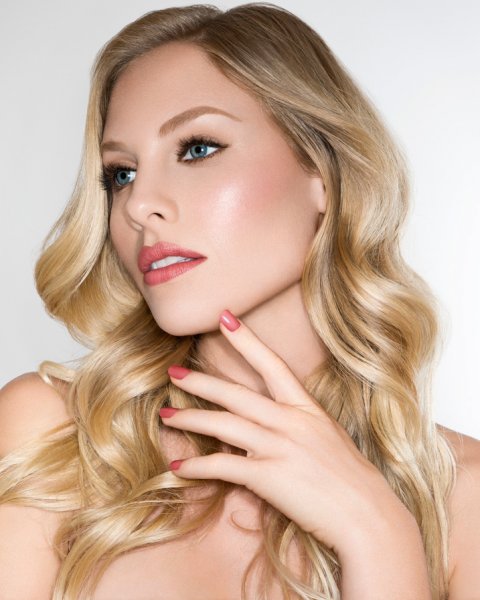

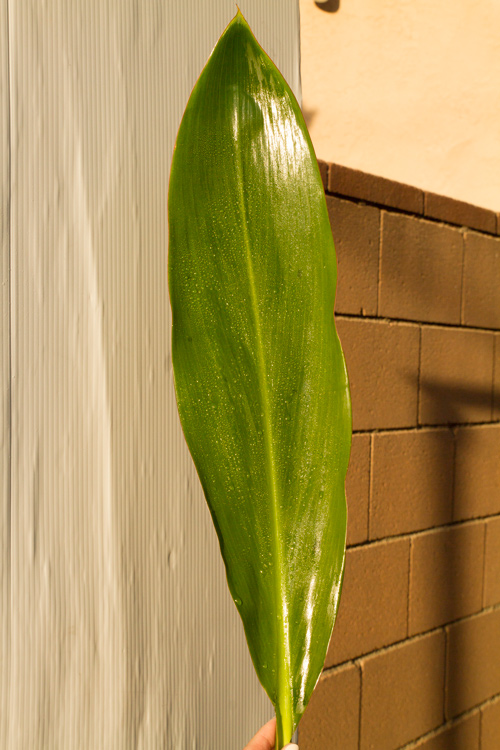
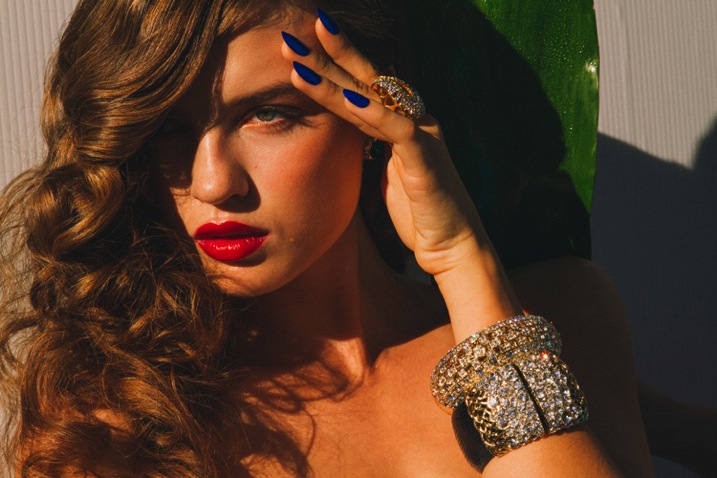
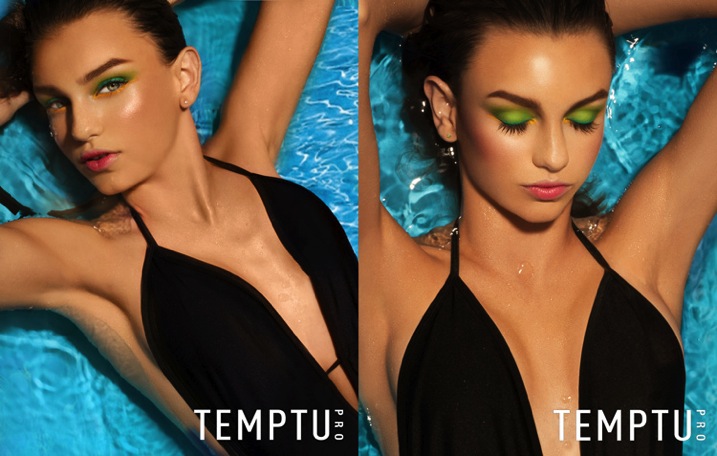
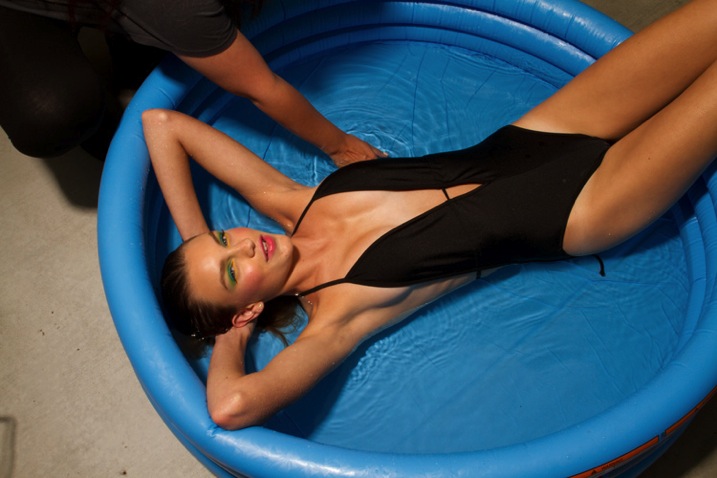

You must be logged in to post a comment.